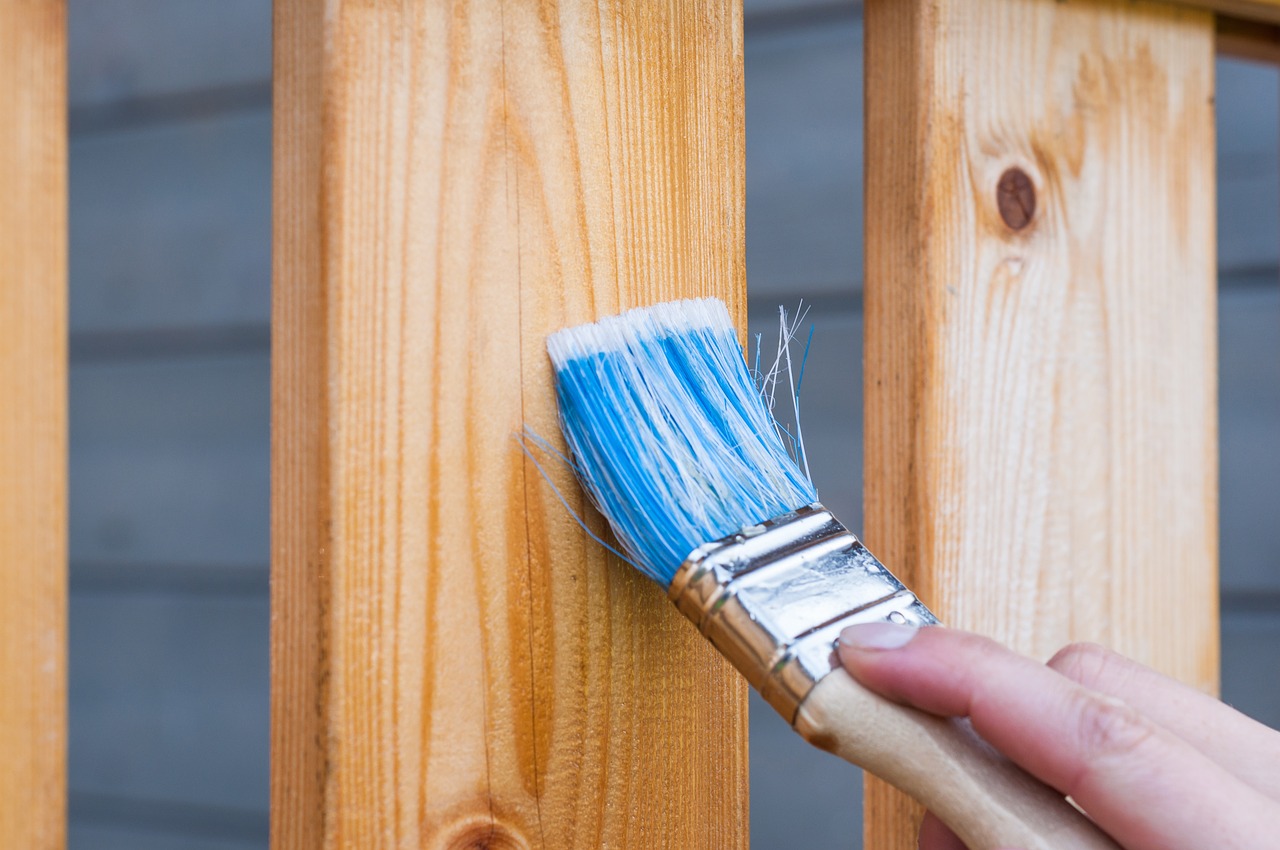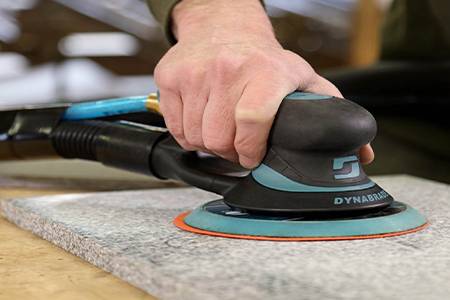¿Necesitas un lijado de precisión sin dañar superficies delicadas? Descubre las ventajas del disco de espuma estándar...
}The treatment of wood is essential to enjoy the properties of this material
for many years and achieve the best results on these types of surfaces:
On some occasions, the treatment is necessary to highlight the finish
of some surfaces, as in the case of sanding, which favors the
enhancement of textures and reliefs.In others, the main objective is to prepare the surface for the
subsequent process, which can include varnishing and finishing.Almost all manufacturing activities, related to the wood and varnish sector,
perform surface treatments in which sanding plays a key role in achieving
the desired finish of the final surface. It is something that manufacturers are
familiar with: woodwork, furniture, parquet, bathroom and kitchen furniture,
moldings, profiles, boards or doors, but also manufacturers of coffins,
packaging, carpentry, lacquers, etc.Wood treatment is essential to achieve the best results and keep
its properties intact.What are the most important wood treatments
The different wood treatments related to sanding, varnishing and polishing can have
different purposes:One of them is to clean the wooden surface and eliminate surface defects, as
well as remove the fragments or fiber from the wood.Sometimes it is also possible to create the surface roughness necessary for a
correct anchorage of the applied back varnish, as well as providing the surface
with a soft, smooth and pleasant touch.In some cases, sanding the wood is useful to enhance some of its parts; for
example, in the rustic effect that can be seen in many surfaces destined to the
equipment of commercial stores.The most important wood treatments are to: eliminate defects, create surface
roughness for varnish anchorage and enhance some of its partsWood treatment: keys to rehabilitate it
From the point of view of sanding, and without going into detail the type of machine tool used
for this operation, there are some basic considerations to take into account for the correct
treatment of woodAlways do it on dry surfaces. Do not sand wood surfaces that are wet or wet. The
moisture present in the wood fibers prevents the fibers from being lifted and can be
easily removed during the sanding operation. In addition, the dust generated becomes
a kind of putty that embosses and saturates the abrasive grains.The lowest possible pressure. Exert the minimum sanding pressure possible to avoid
poor and non-uniform finishes. The sanding that is done with excessive pressure
facilitates that there are areas of the piece bright, polished, soft to the touch, but with
an uneven roughness that will result in non-homogeneous colors in the tinting phase.
Similarly, we may encounter varnish anchor problems if the sanded surface has been
polished by excess pressure.The right abrasive tool. If we want to enhance the different finishes of the wood and
its texture with soft and hard streaks, it is recommended to sand the surface with an
abrasive tool whose contact area with the piece adapts to the surface, and dampen
the sanding operation, avoiding planning the work zone. If, on the contrary, we want
to leave a smooth and flat surface, then it will be necessary to use abrasive tools
whose contact area with the piece is rigid and hard to level the work area.Related reading: Learn to choose the best tools for wood according to your needs
Speed of the abrasive tool. In any sanding operation the speed of the abrasive tool is
key. If we increase the sanding speed the level of finish improves; On the contrary, if
the sanding movement is slow, the level of finish is poor.Sanding Pressure We must keep in mind that sanding pressure and sanding speed are
related to each other. We should not exert great pressure on the surface and at the
same time do it with a very fast movement.

How to polish varnished wood
Polishing wood is not a common task, and is usually done only in very specific situations.
The polishing operation consists in restoring the appearance and shine of a surface that hasbeen previously treated or sanded to eliminate surface defects of the finish. What is it
characterized ?:It is done on the finished piece, that is, on the finish varnish layer
It is here that the defects are identified in the form of scratches, adhered dust spots,
bites, etc. The first step is to eliminate them through a selective sanding with 1,000
grit or 1,500 grit sandpaperThen, with the help of grinding abrasive paste, we remove the scratches generated by
the abrasive. The result is a nuanced and blurred surfaceFinally, and with the help of a gloss recovery paste, the affected surface is polished to
recover its initial appearance.The polishing operation consists in restoring the appearance and brightness of a surface
that has been previously treated to avoid its defectsProducts to get the best wood finishes
The solutions in the matter of abrasives to treat the wood are very diverse, and depend on the
format of the product that we are going to use in the sanding operation. The most common
formats are:1. At the level of custom-made abrasive belts:
Wide belts for flat sanders
Long narrow belts for fixed belt sanders
Short narrow belts for auxiliary sanders
Bands for portable sanders
2. Discs and abrasive sheets:
Wide range of products with different types of ore: aluminum oxide, silicon carbide, zirconium
and ceramic; and different types of support: paper, film, abrasive mesh and sponge.3. Abrasive rolls
With different types of support for sanding by hand or with orbital sander of tweezers: flexible
papers and fabrics, rigid papers and fabrics, sponge rolls, non-woven fiber rolls, etc.4. Abrasive sponges
Taco, flat and extra flat for manual sanding types.
5. Abrasive pastes
For roughing, polishing and shine of treated surfaces.6. Abrasive brushes and abrasive mesh wheels
For sanding profiles, moldings and parts with pronounced reliefs.Abracom's experience, guarantee of success
Abracom is a leading company in the wood and varnish sector due to the high specialization of
its abrasives and the quality and speed of its services.
Their commitment is that the customer's order, made to measure, be distributed within a
maximum period of 48 hours, and within 24 hours for the rest of the products available in
stock.
Abracom is a company with extensive experience and collaborates with customers when it
comes to improving their sanding processes, thanks to the fact that they have technicians and
commercials that stand out for their professionalism, closeness and resolution.
If you need information for your sanding processes, do not hesitate to contact us.







.png)



























 (1).png)
 (1).png)
.png)
.png)
.png)

.png)
.png)
.png)
.png)
.png)
.png)
.png)
.png)
.png)
.png)
.png)
.png)
.jpg)







